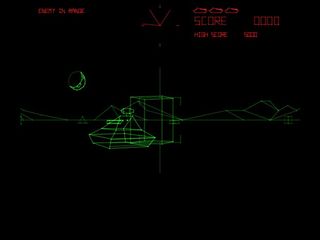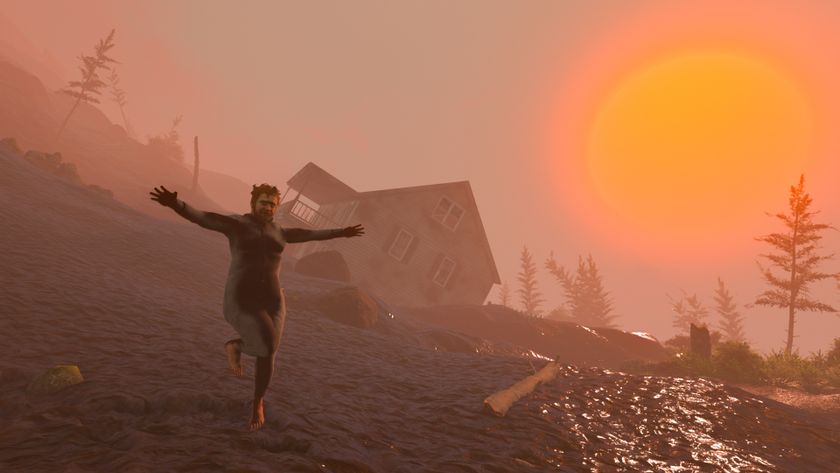Gaming's most important evolutions
35 features that changed the course of interactive entertainment, one game at a time
First seen in: Battlezone (1980)

Important because: It formed the foundation for 3D games as we know them, showing for the first time that games didn’t have to be limited to the simple, single-screen adventures of 16-pixel spaceships and dot-munching circles. More than a decade before Doom, Wolfenstein 3D and even Ultima Underworld, the true pioneer of first-person shooting was a two-stick tank simulator called Battlezone, which used wireframe “vector” graphics to simulate depth of field in a huge three-dimensional space.
Battlezone wasn’t the first game to use a first-person perspective; that honor goes to 1975’s Maze War. But while Maze War was a rigid, four-directional maze crawl moved one static screen at a time, Battlezone used a pair of two-way tank-simulator joysticks to enable movement in any direction with a smooth framerate. It isn’t as sophisticated as gunning down Nazis or 3D dungeon-delving, sure, but peering through its goggle-shaped display and hunting other tanks is still pretty striking today, even if the “environment” is triangles, only one tank appears at a time and everything is green.

Legacy: Throughout the ‘80s and ‘90s, plenty of other games took Battlezone’s ball and ran with it. Open, freely navigable 3D environments (or, at least, simulated 3D using 2D graphics) became increasingly common on PCs, eventually culminating in Wolfenstein 3D and Doom. These gave rise to an entire generation of first-person shooters, which in turn would lead to widespread demand for the advances in 3D technology that have since led to about 90 percent of modern games.
Sign up to the GamesRadar+ Newsletter
Weekly digests, tales from the communities you love, and more












